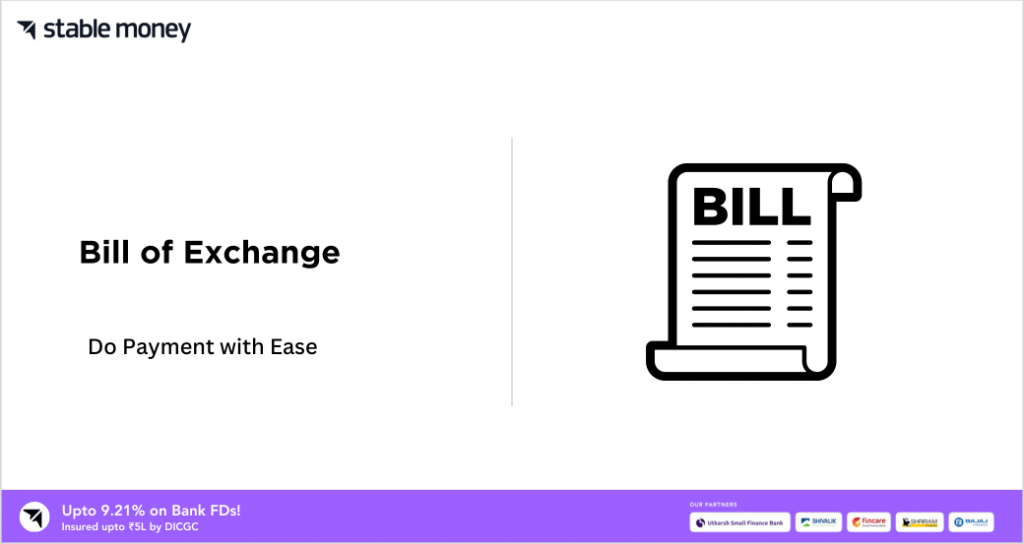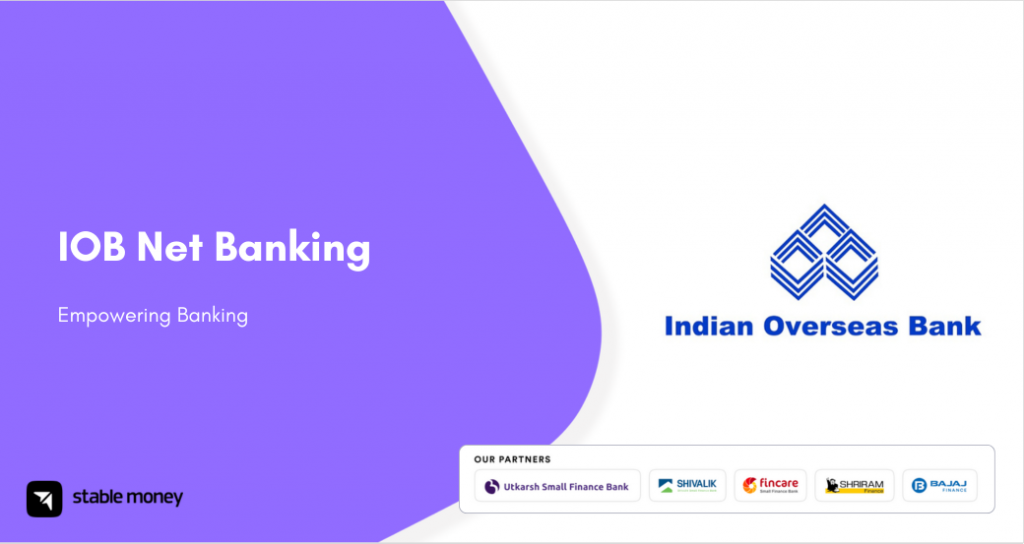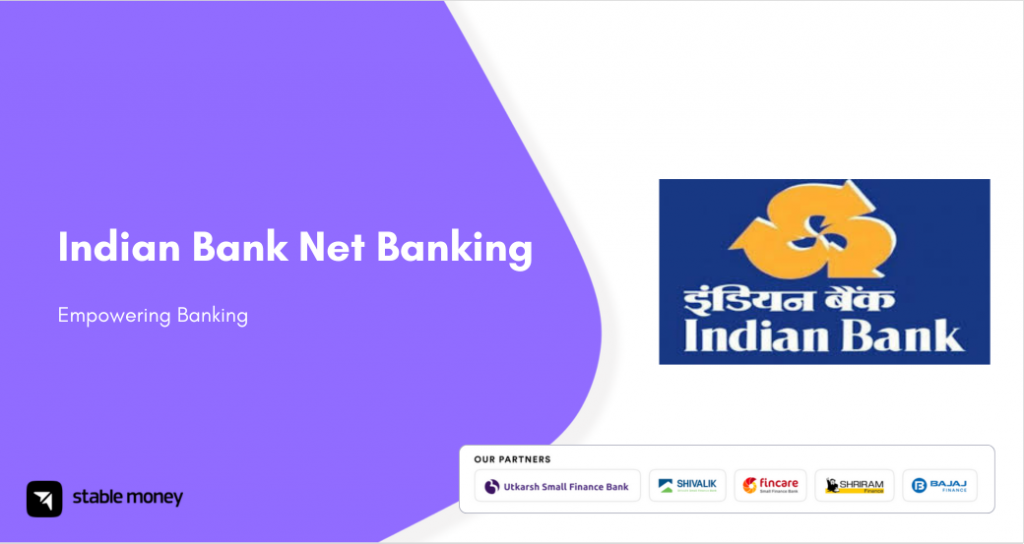
A bill of exchange is an important financial document used in business. It allows people to pay and receive money for goods and services. In this blog, we will discuss what a bill of exchange is in a simple way. We will explain how it works and the main parts of a bill. Anyone working in business should understand how bills of exchange help transfer money safely between companies.
What is a Bill of Exchange?
A bill of exchange is a financial instrument or document that is used for making payments between parties involved in trading. It is a written order from one party to another party asking for the payment of a specified amount of money on a specified date in the future. The party who issues or draws the bill is the drawer. The party who has to pay as per the instructions in the bill is the drawee or acceptor. The bill of exchange allows traders to transport money over long distances through the banking system safely. It helps facilitate trade between parties located in different locations. The bill outlines the details of the payment like amount, date, parties involved, etc.
What is the Information Mentioned on Bills of Exchange?
The basic information provided on a bill of exchange includes the date on which it is issued, the name of the party who will pay the amount or the drawee, the individual or party to whom the payment needs to be made known as the payee, the specified amount that needs to be paid, the date by which the payment must be made which is the due or maturity date, the place of payment where the funds will be delivered, sometimes interest applicable if the bill is not paid on the due date and optionally additional terms if any. Having all these crucial details assists in smooth and clear transactions between parties involved in trade. It leaves no ambiguity regarding the payment terms.
Working of Bills of Exchange & Parties Involved in Bills of Exchange
1. Working of bills of exchange
- The drawer/issuer of the bill of exchange instructs the drawee through the bill to pay a specified sum on a future date to the payee.
- Once the drawee accepts the bill by signing it, he agrees to make the payment as per the instructions on the due date.
2. Parties involve in bills of exchange
- Drawer – The party who issues or writes the bill of exchange demanding payment.
- Drawee – The party who is instructed to make the payment as per the bill.
- Payee – The party who is entitled to receive the payment as per the bill.
Different Types of Bills of exchange
1. Trade Bill
- Issued to facilitate trade transactions between parties located in different locations
- Payment is demanded from the buyer of goods by the seller through a trade bill.
2. Usance Bill
- Payment is not demanded instantly but after a period of time known as usance
- This period varies from 15 days to over 3 months based on the practice between the parties.
3. Clean Bill
- Does not have any clause stating payment will be made only if certain conditions are fulfilled.
- Purely a payment commitment by the drawee.
Function of Bills of Exchange
1. Payment Convenience
- Allows easy and secure payment between parties located in different locations without physically transferring funds.
2. Postponed Payment
- Through usance bills, payment can be postponed till a future agreed upon date providing flexibility.
3. Financing
- Bills are discounted by banks providing immediate funds to the payee well before the actual payment date. This allows working capital financing.
4. Negotiation
- Bills can be further endorsed and negotiated multiple times till maturity, facilitating transfer of funds.
Characteristics & Features of Bills of Exchange
1. Characteristics of bills of exchange
- Negotiable: Bills can be transferred through endorsement and negotiation many times till maturity.
- Written document: Commitment to pay is documented in writing avoiding disputes.
- Unconditional order: Bill contains an unconditional order from drawer to drawee to pay.
- Specified date: Bills specify an exact future due date for payment.
2. Features of bills of exchange
- Delayed payment: Through usance bills, payment date can be postponed providing flexibility.
- Secured transaction: Bill protects payee by binding drawee legally to make payment.
- Transfer of funds: Enables funds transfer between distant locations without physically moving money.
- Financing facility: By discounting bills, banks provide immediate funds to payees before actual payment date.
Importance of Bills of Exchange
- Facilitates trade: Enables smooth completion of trade transactions between distant businesses by solving funds transfer problem.
- Postponed payment: Through usance bills, buyers are able to delay payment providing flexibility to generate sales.
- Access to financing: Banks discount bills, advancing immediate funds to payees before receipt from drawees facilitating working capital.
- Secure transaction: Clearly documented commitment to pay reduces uncertainty and promotes confidence in trade agreements.
- Negotiable instrument: Bills can be endorsed to transfer liability as well as entitlement to payment benefitting negotiability of trade.
What is promissory note?
Bills of exchange and promissory notes both are important negotiable instruments that facilitate commercial transactions. While bills of exchange create a payment obligation between at least three parties, promissory notes involve only two parties.
Difference Between Promissory Notes & Bills of Exchange
A promissory note declares a debt or amount payable by the issuer to the holder at a future date. It contains an unconditional undertaking or promise by the maker to pay a specified amount to the payee Or holder. Promissory notes are commonly used as evidence of debt between entities like borrowers and lender.
| Bills of Exchange | Promissory Notes |
|---|---|
| Involves three parties – drawer, drawee, payee | Involves only two parties – maker and payee |
| Contains an order to pay from drawer to drawee | Contains a promise to pay from maker to payee |
| Mainly used for trade transactions | Mainly used as evidence of debt |
What is Cheque?
A cheque is an unconditional order from a customer instructing his bank to pay a specified sum to the person named on the cheque. Cheques are generally payable on demand, meaning the drawee bank is obligated to pay the amount immediately on presentation.
Difference Between Bills of Exchange & Cheque
While bills of exchange create a payment obligation between at least three parties, cheques involve only two – the drawer and drawee. Cheques are mainly used for retail and personal payments instead of commercial trade transactions like bills of exchange.
| Bills of Exchange | Cheques |
|---|---|
| Involves three parties | Involves two parties – customer and bank |
| Not always payable on demand | Payable on demand |
| Used for trade transactions | Used for retail and personal payments |
Advantages & Disadvantages of
1. Advantages of bills of exchange
- Postponed payment: Drawers and acceptors can delay payments through usance bills.
- Access to finance: Payees get discounted value before maturity, availing working capital.
- Security of transaction: Drawee’s signature makes payment legally binding.
2. Disadvantages of bills of exchange
- Default risk: Drawee may refuse payment or go bankrupt before maturity.
- Forged bills: There is risk of bills being lost, stolen or forged.
- Restricted use: Suitable only for commercial transactions, not individual payments.
Final Word
A bill of exchange is a promise to pay a certain amount of money on a future date. It allows immediate payment for goods while giving time to arrange funds. The person accepting the bill takes on the responsibility to pay later. Bills of exchange make business transactions more convenient. They provide secure payment without carrying large sums of cash. Following the process ensures money changes hands as agreed. Anyone in business can benefit from using bills of exchange to pay and receive money from clients or suppliers.
FAQs
A bill of exchange is a written order from one party to another to pay a fixed amount of money on a specified future date.
Yes, a bill of exchange can be considered an asset for the person who receives it from another party. It represents a future amount to be received.
The main parties are the drawer, drawee and payee. The drawer instructs payment, drawee makes the payment and payee receives the payment.
A bill of exchange involves three parties while a promissory note only has two parties i.e. borrower and lender. A bill of exchange carries an order to pay while a note contains only a promise to pay.
A bill of exchange involves three parties while a promissory note only has two parties i.e. borrower and lender. A bill of exchange carries an order to pay while a note contains only a promise to pay.
Yes, a cheque can be considered as a bill of exchange as it instructs the bank to make payment of a specified amount to the payee on demand.
Disclaimer
This article is solely for educational purposes. Stable Money doesn't take any responsibility for the information or claims made in the blog.

